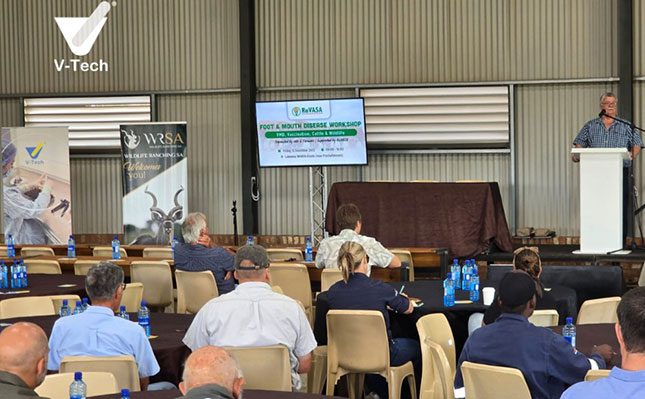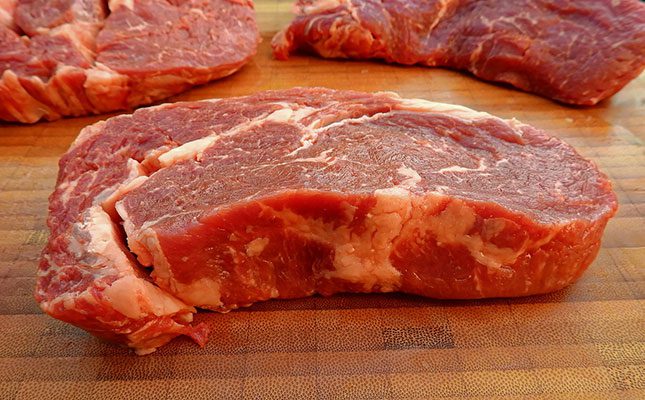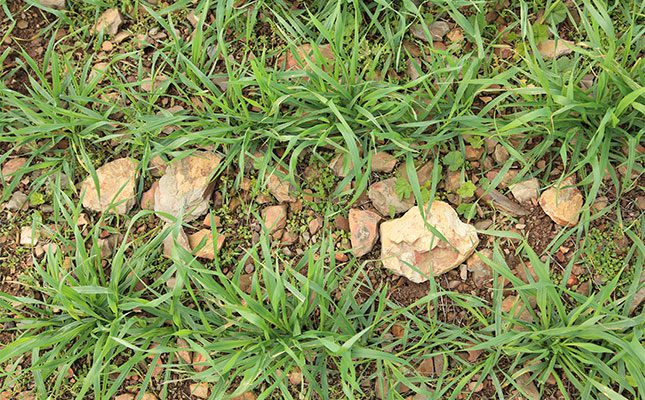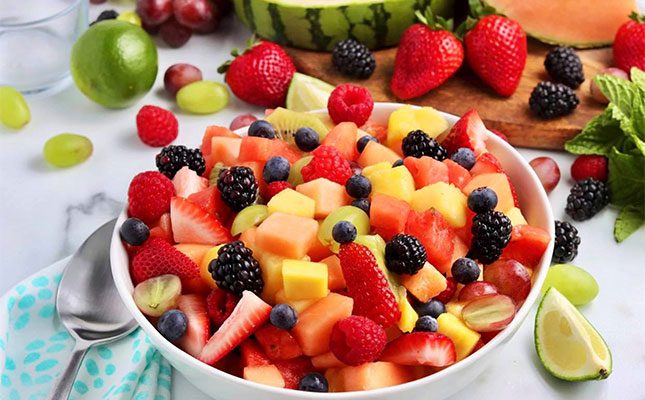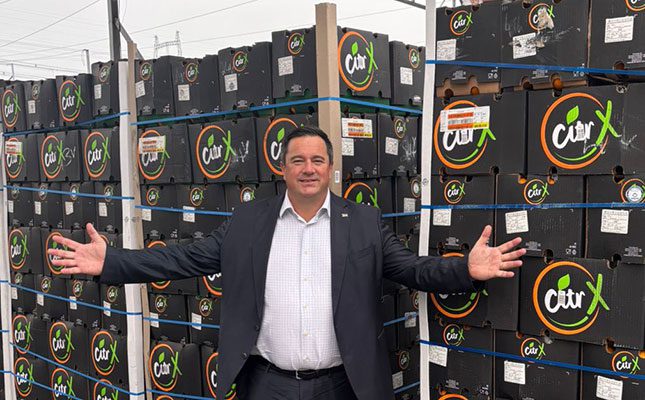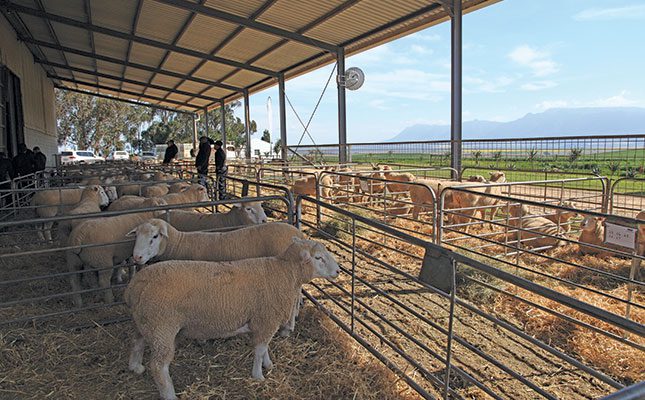
Photo: WikiCommons
This was the message brought by speakers at the Potatoes SA innovation symposium on a panel discussing changing consumer demands for potatoes. The symposium took place in Pretoria last week. A key focus area of the symposium was increasing consumer demand for potatoes since small increases in production often led to large price decreases.
Kobus Pienaar, technical manager of food security at Woolworths, said consumers were being influenced by myriad messages and rapidly changing food trends, leading to erratic buying behaviour.
“Confusion among consumers regarding what is considered healthy eating and what is not creates big swings in their behaviour. One minute it’s banting, then it’s not. I don’t think consumers really understand potatoes. Many see it as bad and unhealthy. We need a unified message about what potatoes offer to get stable, consistent consumer uptake,” Pienaar said.
Nicki de Villiers, head dietician at the High Performance Centre at the University of Pretoria, said the most common recipes using potatoes often included the addition of cream, cheese, and ingredients that were considered unhealthy, and which consumers were moving away from. “It’s the toppings that have given potatoes a bad name among health-conscious consumers.”
She said there were opportunities to better position potatoes in the market to increase uptake. While potatoes are both a starch and a vegetable, it needed to be positioned as a vegetable to overcome the bias against carbohydrates. This would also ensure consumers understood the nutritional value inherent in potatoes above other starches.
De Villiers added that since consumers and athletes were moving away from sugar as a source of energy and towards more whole carbohydrates, potatoes could play an increasingly important role in these diets.
Commenting on the influence of price on demand, Pienaar noted that while Woolworths customers were not typically considered to be price-conscious, big sways in prices changed potato uptake.
“When potato prices increased a few months ago, we saw a big swing to pasta, which we did not anticipate. We need to be very careful about how we price potatoes, regardless of the income group we are marketing to. There are a lot of factors and triggers that make a consumer choose a potato or not,” Pienaar said.
Educating consumers on the lengths farmers went to to produce potatoes could be beneficial in gaining greater tolerance for crop-protection chemicals. Pienaar noted that most consumers viewed pesticides in a negative light, and did not understand their importance in ensuring potato production continued.
“We need to do better in how we communicate production methods to consumers to ensure farmers can keep using the vital tools they need to produce this valuable crop,” he said.

